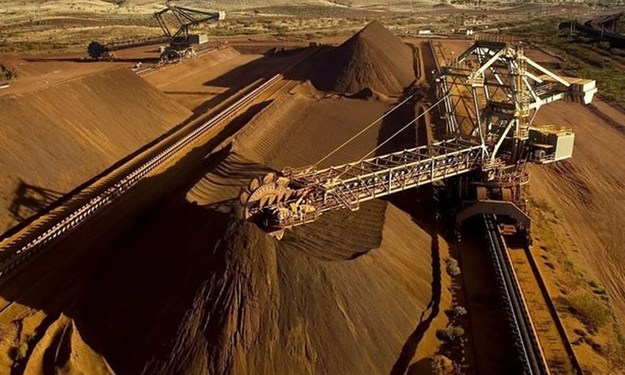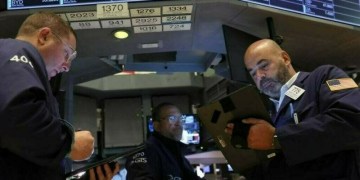By Steve Holland and David Lawder
NEW YORK (Reuters) – U.S. President Donald Trump and Japanese Prime Minister Shinzo Abe agreed on Wednesday to start trade talks in an arrangement that, for now, protects Japanese automakers from further tariffs, seen as a major threat to the export-dependent economy.
In a joint statement, the two countries said the talks “will respect positions of the other government,” drawing lines on autos and Japan’s agriculture sector.
Trump has made clear he is unhappy with Japan’s $69 billion trade surplus with the United States – nearly two-thirds of it from auto exports – and wants a two-way agreement to address it.
Tokyo had worried that Trump would demand a reduction in auto imports from Japan or that he could impose steep tariffs on such imports on national security grounds.
Abe said the billions of dollars in investments and jobs created by Japanese companies in the United States were built on the spirit of free trade, and that Trump had affirmed this view at their meeting. Any measures to restrict trade, he said, would be harmful.
“We must by no means turn back the clock,” he told a news conference following his meeting with Trump on the sidelines of the U.N. General Assembly. “In fact, we need to be more active in trade investments to build on this relationship.”
Abe said that as part of the agreement, the United States would not impose additional tariffs on the auto sector, while also protecting the politically important farm sector from access that goes beyond what had been agreed under the Trans-Pacific Partnership agreement that Trump abandoned in 2017.
For Trump’s part, he said he was “happy” to have gotten Japan to agree to bilateral trade talks and expected a “satisfactory conclusion”.
“This was something that for various reasons over the years Japan was unwilling to do and now they are willing to do,” Trump said at a summit with Abe in New York.
TAG NOT FTA
Abe later stressed that the new framework would be a Trade Agreement on Goods (TAG), not a more wide-ranging Free Trade Agreement (FTA) that includes rules on investments and services that Japan has resisted.
Still, U.S. Trade Representative Robert Lighthizer told reporters he is aiming for a full free trade deal requiring approval by Congress under the “fast track” trade negotiating authority law.
The law requires Congress to be notified 90 days before negotiations can begin and Lighthizer said that he will start consultations with lawmakers on Thursday.
Lighthizer said the talks would be tackled in two “tranches” with hopes for an “early harvest” from the initial talks on reductions to tariffs and non-tariff trade barriers in goods.
He declined to specify when an imbalance in autos trade would be addressed but acknowledged autos were a key goods area.
Wednesday’s joint statement said that for the United States, “market access outcomes in the motor vehicle sector will be designed to increase production and jobs in the United States in the motor vehicle industries.”
“Actually I think we will probably come to a conclusion and I think it’ll be something very exciting,” Trump said.
“We’re going to have a really great relationship, better than ever before on trade. I think it’s going to be better for Japan and better for the United States.”
On Tuesday, top trade officials from Japan, the United States and the European Union agreed to cooperate on steps aimed at reining in China’s “non-market” economic policies, such as those aimed at technology transfers and subsidies in the form of state bank loans to state-owned enterprises. They agreed to cooperate on reforms to World Trade Organization rules.
Source: Investing.com



























